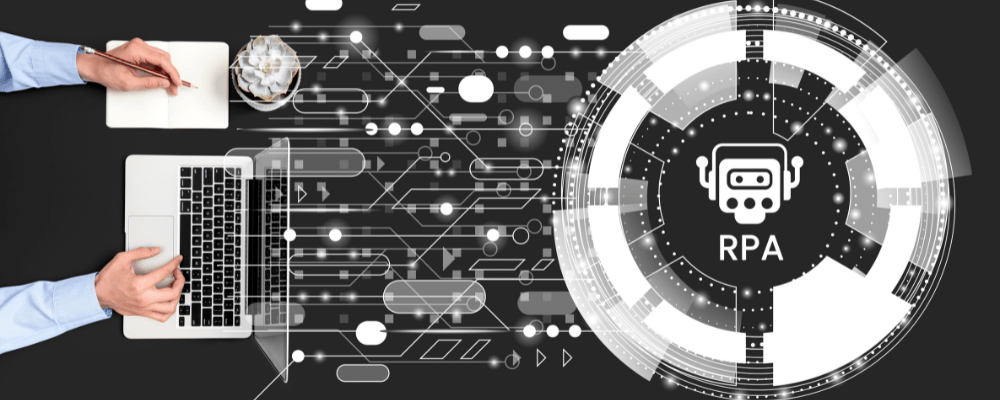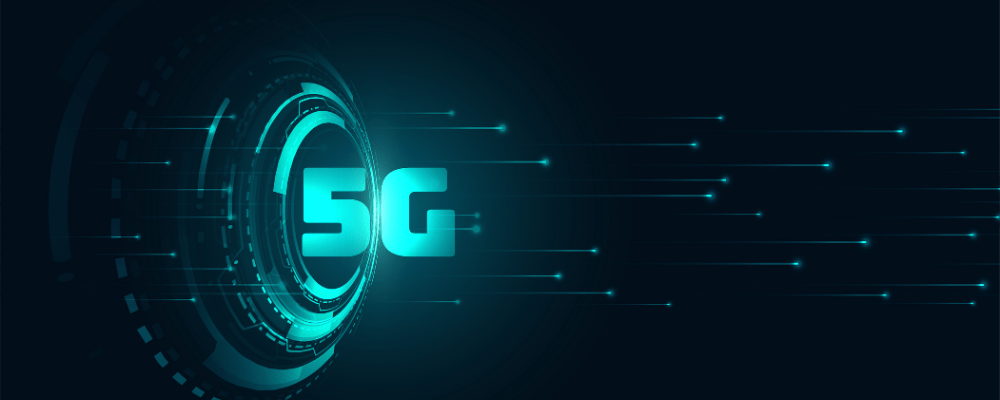The IoT Revolution has emerged as a groundbreaking force in the ever-evolving realm of technology. With a surge in connected devices and data-driven innovations, this seismic shift is rewriting the rules of engagement in the tech world. This blog explores The IoT Revolution, its significance, and how it aims to reshape our technological future.
The IoT Revolution Unveiled
Defining The IoT Revolution
The IoT Revolution stands at the forefront of contemporary technological advancements, and as tech experts, delving into its core is not just an option but an imperative. To fully comprehend this paradigm-shifting phenomenon, dissecting its intricacies and understanding its profound implications is essential.
The IoT Ecosystem:
At its essence, The Internet of Things (IoT) Revolution represents an intricate web of interconnected devices, sensors, and software systems. These elements collaborate harmoniously to create a seamlessly integrated digital landscape. It is this harmonization that defines the very essence of the IoT Revolution.
Seamless Data Exchange:
One of the fundamental pillars of The IoT Revolution is seamless data exchange. Devices within this ecosystem are equipped with sensors that continuously collect and transmit data. This data flows effortlessly between devices, systems, and the cloud, forming a continuous information loop. This uninterrupted flow of data is the lifeblood of the IoT Revolution.
Automation:
Automation is another hallmark of The IoT Revolution. Devices within this ecosystem are not just passive participants but intelligent and proactive. They can execute predefined actions, respond to triggers, and adapt to changing conditions without human intervention. This level of automation brings unprecedented efficiency and productivity to various sectors, from manufacturing to healthcare.
Intelligent Decision-Making:
The IoT Revolution is not merely about connecting devices; it’s about enabling them to make intelligent decisions. In this ecosystem, devices are not just data sources but data consumers and analyzers. These devices can process and interpret the data they collect through sophisticated algorithms and artificial intelligence, enabling them to make informed decisions. This intelligence extends beyond simple data analysis; it includes predictive analytics, anomaly detection, and adaptive behavior.
The Imperative for Tech Experts:
As tech experts, embracing The IoT Revolution is not a choice but a necessity. The sheer magnitude of its impact on technology, businesses, and society at large cannot be overstated. It reshapes industries, redefines business models, and offers unprecedented opportunities for innovation.
Understanding the core of The IoT Revolution entails grasping its underlying technologies, such as sensor technology, connectivity protocols, big data analytics, and artificial intelligence. It also involves recognizing the ethical and security challenges it presents, including data privacy concerns and the need for robust cybersecurity measures. The IoT Revolution is a transformative force that has the potential to touch every aspect of our lives. It redefines how we interact with technology and how technology interacts with the world around us. As tech experts, embracing and mastering this revolution is not just a professional pursuit; it’s a commitment to shaping the future of technology and its profound impact on society.
IoT Technologies at a Glance
To grasp the depth of The IoT Revolution, one must delve into its foundational technologies:
- Sensors and Actuators:The eyes and hands of IoT sensors and actuators collect data and perform actions in response.
- Connectivity Protocols:Various protocols like MQTT and CoAP ensure efficient data transmission.
- Big Data and Analytics: The IoT thrives on data, and analytics unlock actionable insights from the data deluge.
- Machine Learning and AI: These are the brains behind IoT, enabling predictive analysis and autonomous decision-making.



